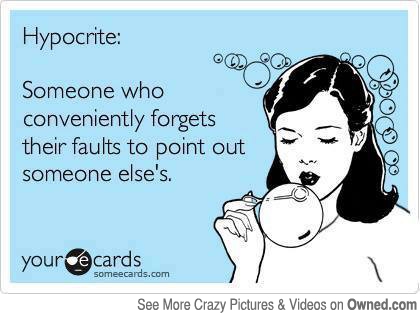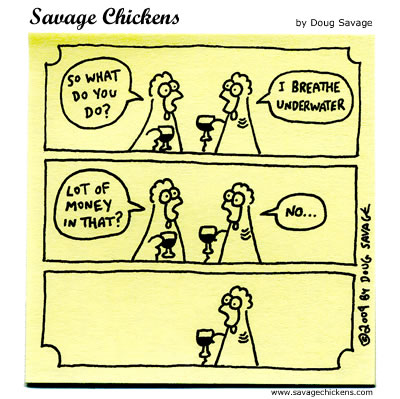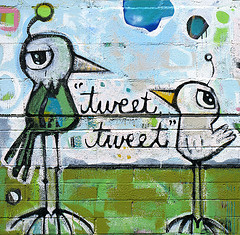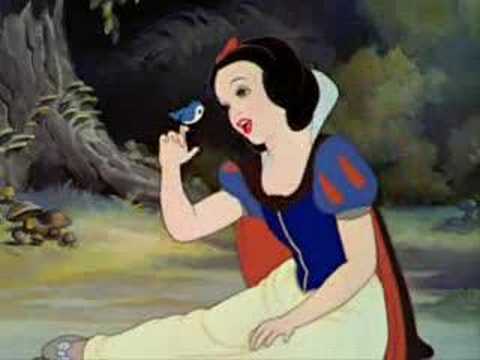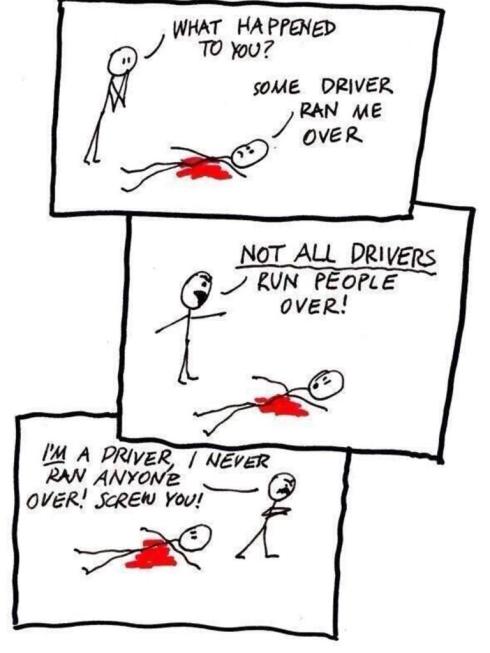I’m a little bit in shock. I’m still not sure how to put it. It seems too good to be true. It’s taken nearly 3 years to be able to say this:
I’m being seen by a psychiatrist who seems to relate to me as a human being, wants to get to know me as a person and work with me in partnership.
What’s puzzled me so far is why all the psychiatrists I’ve seen haven’t been like this. I know they’re intelligent, caring professionals. So it’s been a genuine puzzle to me why the mental health care I’ve received so far has been so bad or inadequate, and in so many different ways. It’s one thing having one bad experience of care: it happens. But for it to happen repeatedly, with different professionals? It’s a puzzle.
I had no idea that, two years after joining twitter, I’d still be banging on about bad experiences of care. (It’s not because I like them!). I never thought I’d still be going on about what was done to me in hospital. (I’d much rather have had treatment for the resulting PTSD.) I never imagined I’d still be moaning about my bad experiences of community mental health care. (I thought I’d learn how to work the system to get what I needed.)
In fact, just so you know, I don’t do nearly as much moaning on about my supposed “care” as I could. (It would sound way too negative!) I’d summarise my experience of mental health care as having been brutalised, traumatised then parked on welfare benefits and sedating meds. Mental health nurses & doctors who’ve treated me so far have been akin to veterinary staff: they’ve observed, diagnosed and neutralised me.
Non-medically trained staff have related to me with humanity. But, ultimately, they’ve all had to defer to the doctors and nurses. It’s almost as if mental health training gets in the way, prevents staff from seeing the human being experiencing human distress right in front of them.
Does training prevent health care professionals from seeing that what’s in front of them isn’t a diagnosis but is a human being experiencing distressing symptoms? Is the human experience so broad and varied that mental health staff steel themselves to stick rigidly to assigned roles and designated boxes?
Let’s be clear. When I’m in mental distress, it’s not about mental health staff being “nice” to me. It’s not about them being my mate. I don’t need a new friend.
I need a competent professional who’ll work with me in partnership: I’m the expert in me; they’re the expert in mental health care.
No matter how unwell someone is, they’re still a person with thoughts, feelings, quirks, preferences, friends, family and a life to return to. They’re not a puzzle to be solved, a problem to be fixed. They’re a human being, not an animal.
I want to be able to write about good psychiatric care, I really do. I have a vested interest, after all! It’s just not been my experience. I’d much rather have been able to write about fantastic treatment by great nurses and doctors; and about how much better I was in myself. I’d even have settled for half decent care and a bit of respect, mediocre care with a modicum of interest. What I got instead was damaging.
I have seen excellent psychiatric care elsewhere: caring, effective, transforming treatment and support. (Though still with no talking therapy.) I’ve just not received it myself. The comparison is bitter sweet.
Is now my time? Am I on the threshold of receiving effective help? Can I get excited about it yet? Am I on my way to living a full life? I’m not silly. I’m not going to pin all my hopes on one busy professional “fixing” me. I know it doesn’t work that way. But … I feel a sense of anticipation.
I’m hopeful the new psychiatrist and I can come up with a plan that will achieve good results going forwards. I’m hopeful the plan we come up with will include meaningful support and help going forwards, so I’ll be able to get back on my feet. And, this time, it feels as if my hopefulness could be a realistic. I’ve been getting by on wishful thinking for too long.
.
.
.
.
.
.
- Collated tweets (Storify) – My tweets (and some initial responses from the lovely twitter people)
- Twitter conversations – Responses and conversations with the lovely twitter people (these are really interesting – take a look!)
.


